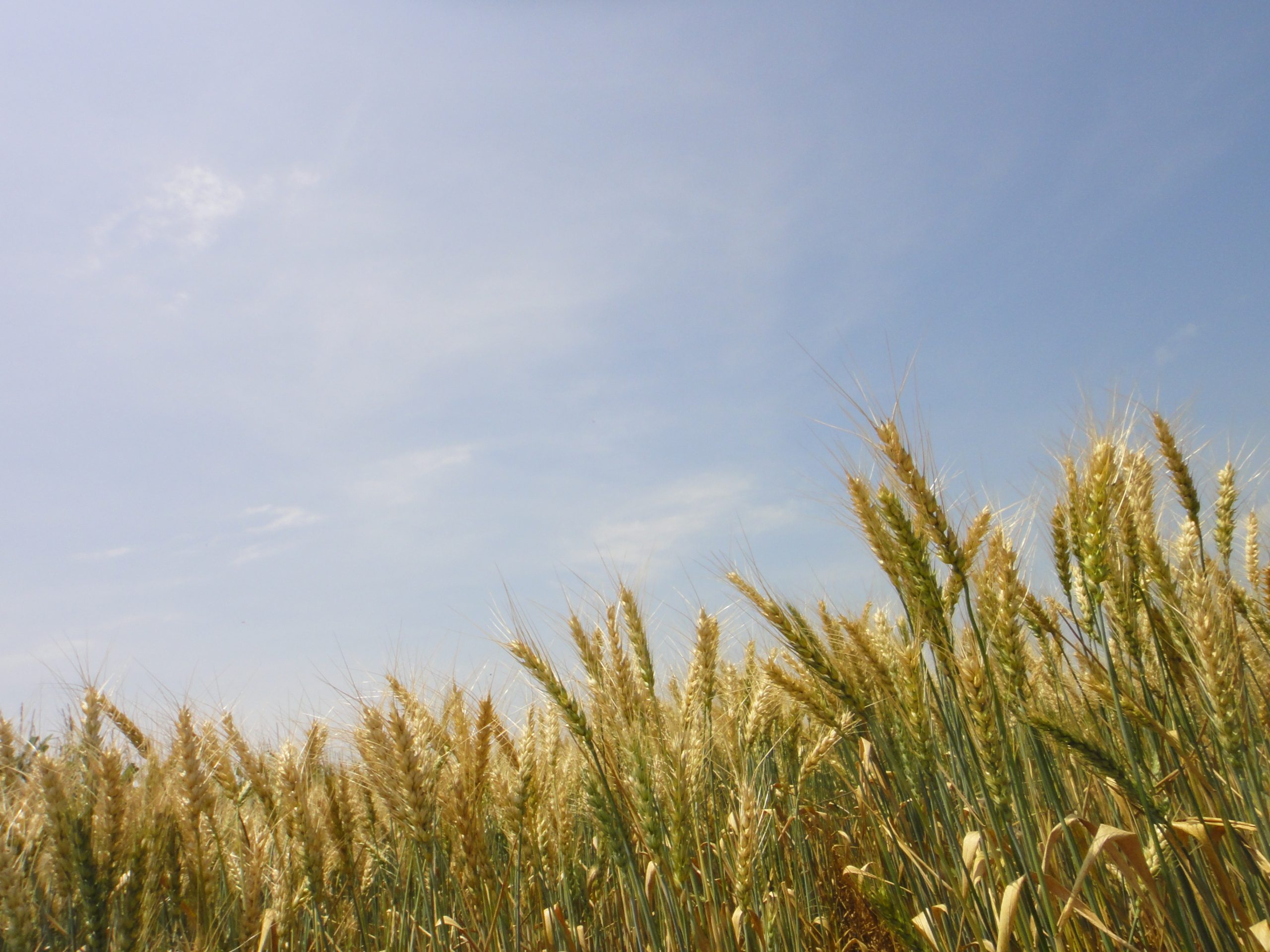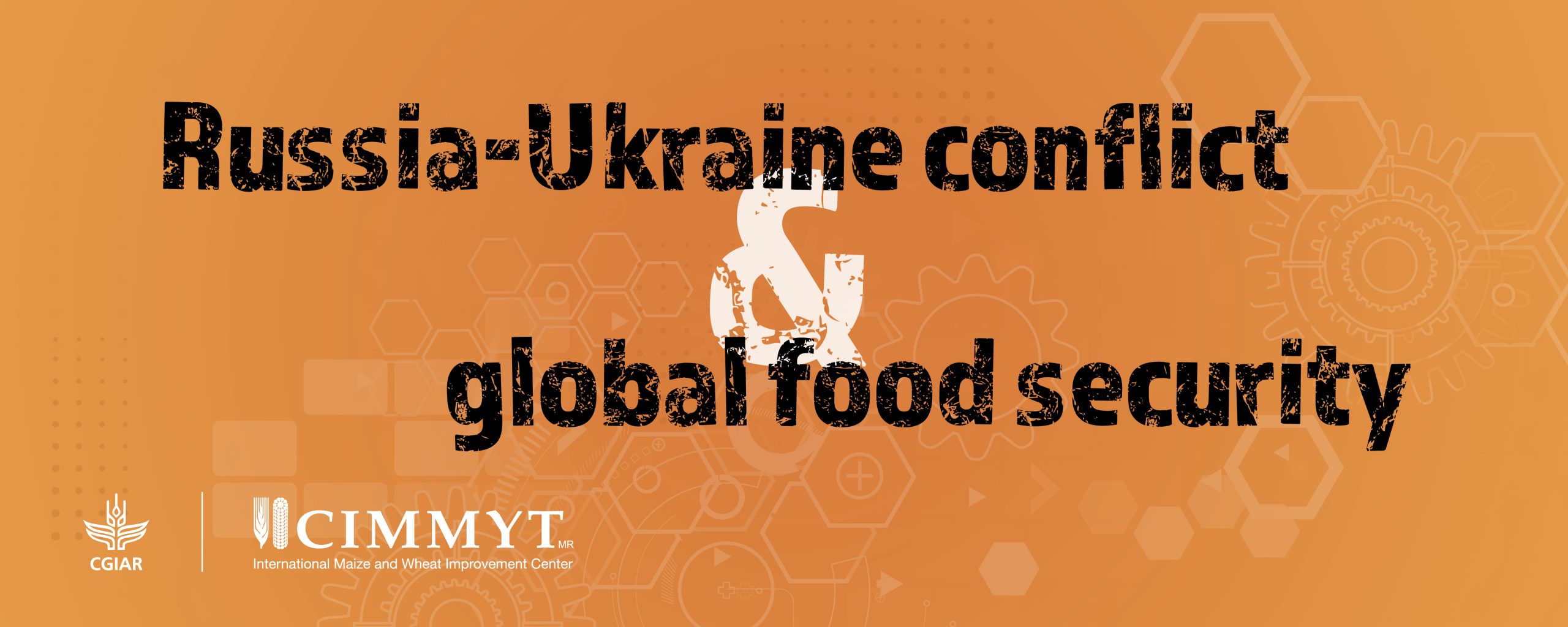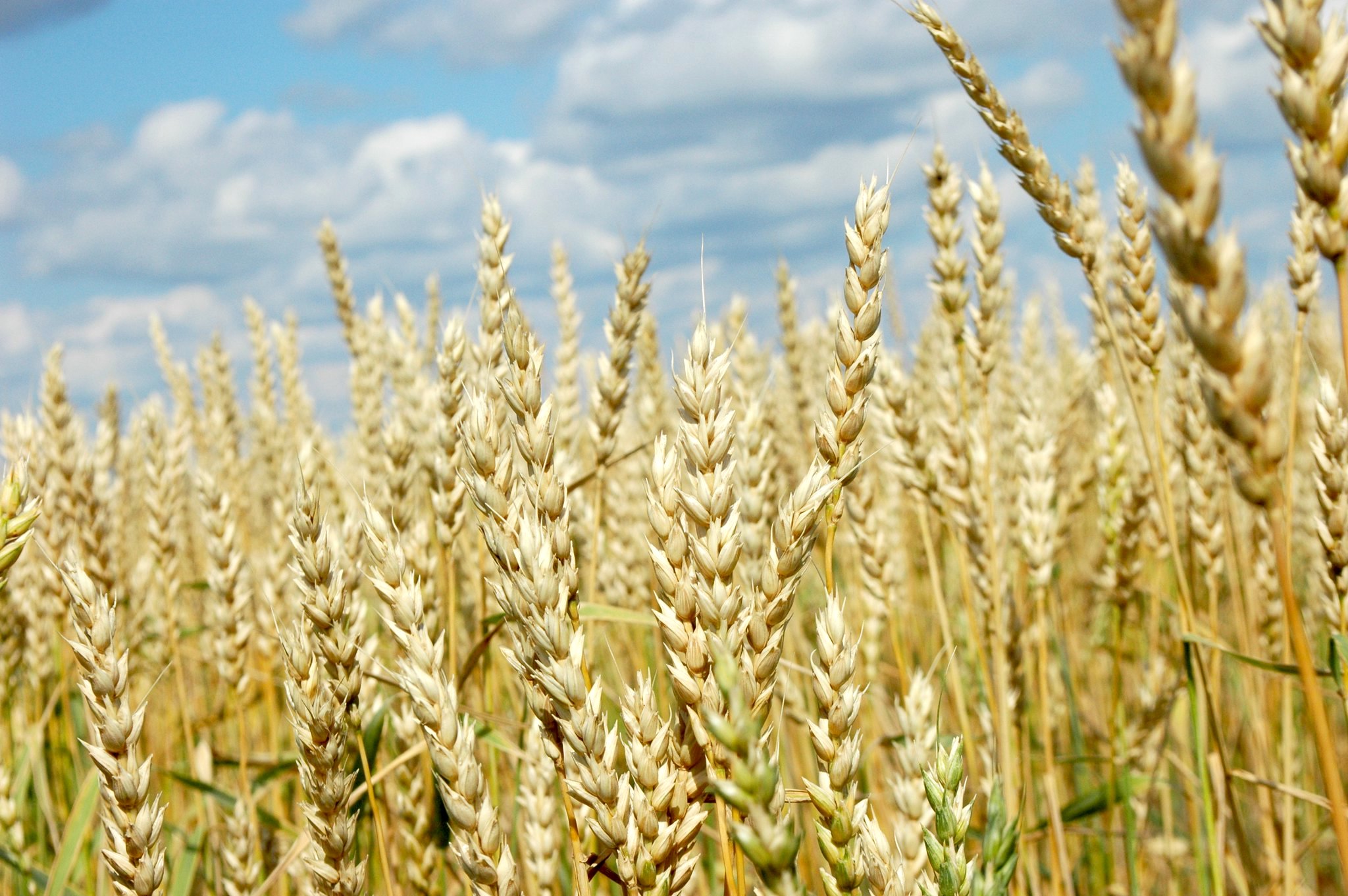
The conflict in Ukraine has had a deeply destabilizing effect on the global wheat trade, causing unprecedented price volatility and uncertainty. As my colleagues and I have previously highlighted, the unintended consequences are likely to have outsized impacts on livelihoods in the Global South.
As the G7 group of nations recently acknowledged in a joint statement, the conflict is leading to steep price rises and increasing global food insecurity for millions, especially those most vulnerable, such as women and children.
In a new paper published in Nature Food, scientists and partners of the International Maize and Wheat Improvement Center (CIMMYT) present a package of applied solutions to respond to the crisis and ensure future wheat stability.
To stem the potential food crisis, food is needed in more places, and faster.
Recently announced talks between Russia, Turkey, Ukraine and the United Nations, among other negotiations, are already underway as part of this international effort to develop short-term solutions.
However, at present we are seeing the brakes applied in several places. For example, in India century-high temperature extremes have recently reduced official wheat production estimates by 6 percent, leading to reduced export potential. This shows the compounding effect of climatic instability on global wheat markets, an impact that is expected to worsen over time.
In our solutions agenda, we propose a package of short-, medium- and longer-term actions and urge immediate and sustained support for shockproofing major food security staple crops, including wheat.
- In the short term, the priority is mitigation of food security shocks through boosting production in existing high- and low-productivity areas, ensuring access to grain, and making use of flour substitution.
- In the medium term, we must increase the local, regional, and global resilience of wheat supply through targeted expansion (within agro-ecological boundaries), support for self-sufficiency, comprehensive technical support in production systems, and mainstreamed crop monitoring capacity.
- In the longer term, the transition to agri-food system resilience will need to encompass agroecosystem diversity, address gender disparities in agriculture and rural communities, and sustain an increased investment in a holistic, agri-food transition.
Conflict is being waged on wheat on multiple fronts: on battlefields, in the political arena and by our changing climate. Together these factors interact and amplify the threat to staple wheat production. To address this complexity, we now need to move beyond defining the problem to implementing practical action to ensure stable supply.

 Nutrition, health and food security
Nutrition, health and food security 
